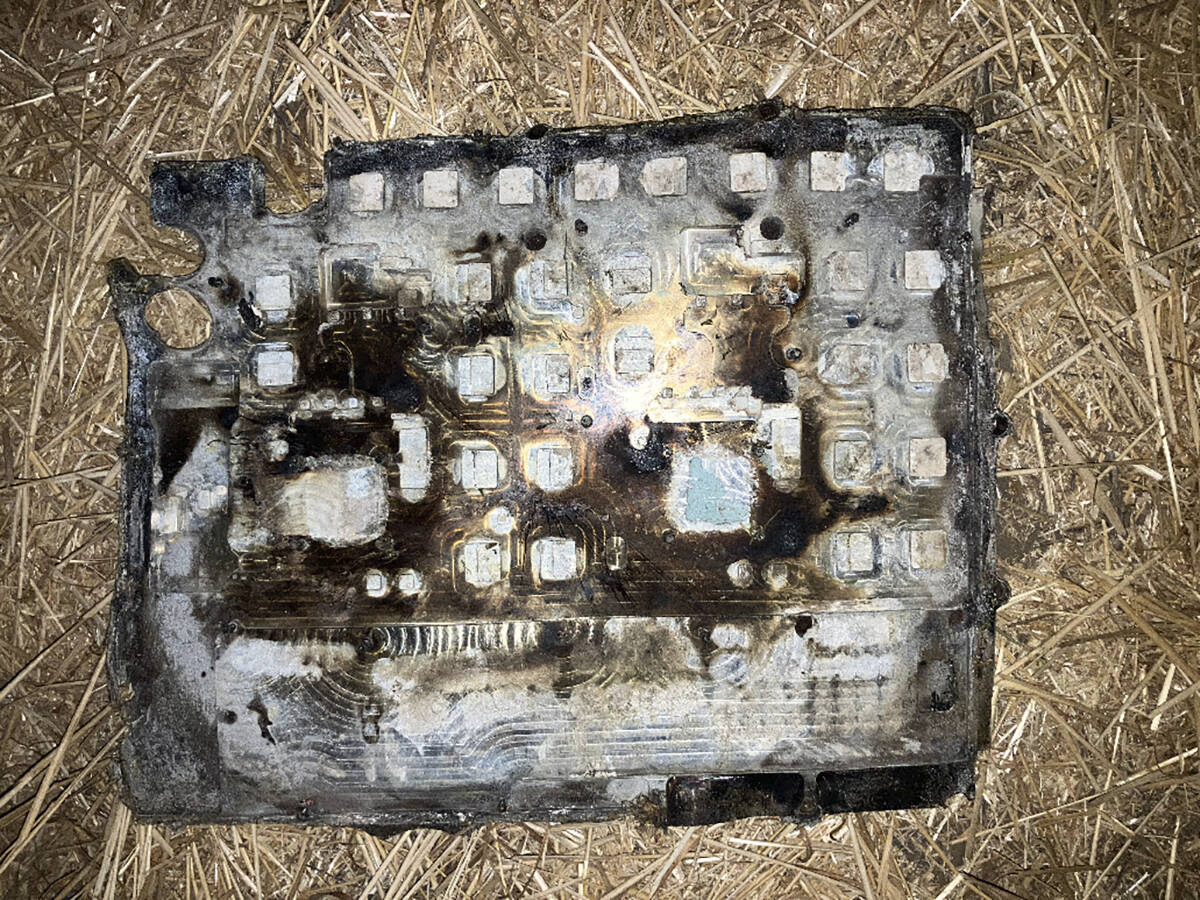LINDELL BEACH, B.C. – German scientists have designed an automated minilab that can detect antibiotic residue in milk before it leaves the barn.The need for such detection has increased as many countries establish maximum residue values to protect the public. It’s estimated that the European dairy industry loses $250 million a year because of antibiotic contamination. As well, residues can inhibit the fermentation process in cheese and yogurt production, costing another $55 million a year.However, testing methods are labour intensive and fragmentary. “In Germany, quality testing of milk is centralized and it is regulated by law,” said Michael Seidel, head of Technical University Munich’s bioseparation and micro-arrays group.”I know that most antibiotic treatments are for (conditions like) mastitis.”The most common antibiotics found in milk are: * penicillin G – 73 percent;* cloxacillin – 17 percent; * ampicillin – six percent;* neomycin B – two percent;* streptomycin – two percent. Health officials conduct spot checks of milk, and samples that inhibit the growth of test bacteria are tested again using more extensive analyses. However, these tests can take hours and are expensive. Lost output and disposal costs of rejected milk can be critical if drug residues are not found until late in the production process. The dairy industry has long called for a faster and more economical way to test milk. Seidel and his team have sped up the process by developing a glass chip and an analysis unit known as a microarray chip reader (MCR 3) that can identify the presence of residues from one or more of the 14 most critical antibiotics. They look for an antigen/antibody reaction using a multi-analyte immune-assay based on microarray technology.The researchers mark a glass plate with dots of antibiotics, which is the microarray. They then add antibodies to the milk sample that bind specifically to antibiotics.If an antibiotic is present in the milk sample, most of the antibodies will bind to it, depending on the concentration of the residue. The rest of the antibody molecules will bind to the corresponding antibiotic on the glass chip.Through a chemoluminescence reaction, such as what is used to detect blood in forensic samples, the dots carrying the highest load of antibody light up the most. However, if the milk sample contains an antibiotic residue, the luminosity of the corresponding dot on the microarray is reduced because most of the antibodies have already bound to that residue in the milk. The light intensity is measured with an electronic camera that provides information on the antibiotic residue and how much is present.The university scientists have developed an automated minilab using the microarray that can identify within minutes whether the legal limits have been exceeded in raw, unpasteurized milk. The minilab can be taken to the farm on the milk truck.”We quantify the antibiotics directly in raw milk,” Seidel said. “One analysis for 14 antibiotics lasts five minutes. The first step will be that control labs in the dairy industry will use our instruments. However, the aim is that the personnel with the milk collection truck will (be able) to manage the analysis. The milk (could) be refused directly before filling the milk in the tanks. The dairy farmer could (also) use it.”Seidel said these kinds of microarrays have long been used in the medical sphere and in research labs. “This micro chip is the world’s first fully automated analysis system to employ the technique in practice with (raw) milk samples.”Taking just minutes to obtain results, each microarray can be reused up to 50 times. The cost per analysis is about $75. Seidel said that this is the fastest multiplex analysis assay for antibiotics in raw milk in the world. “The system will be available worldwide,” he said. “Currently we are starting the commercialization. The first instruments are available for testing, (but) I cannot say exactly when it will be available in North America.”The MCR 3 can handle 50 to 100 samples per day. Plans are to have the sensor system ready for market by the end of the year.
Read Also

Farmers asked to keep an eye out for space junk
Farmers and landowners east of Saskatoon are asked to watch for possible debris in their fields after the re-entry of a satellite in late September.
















